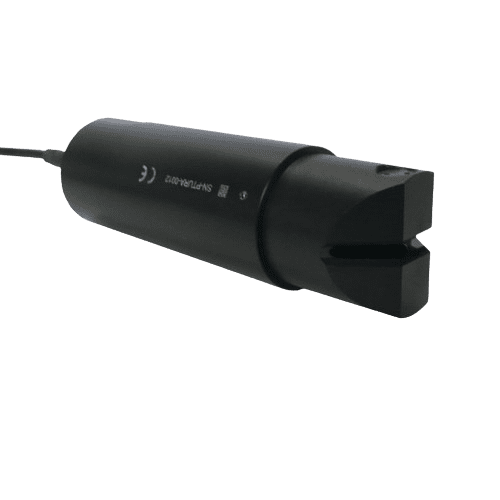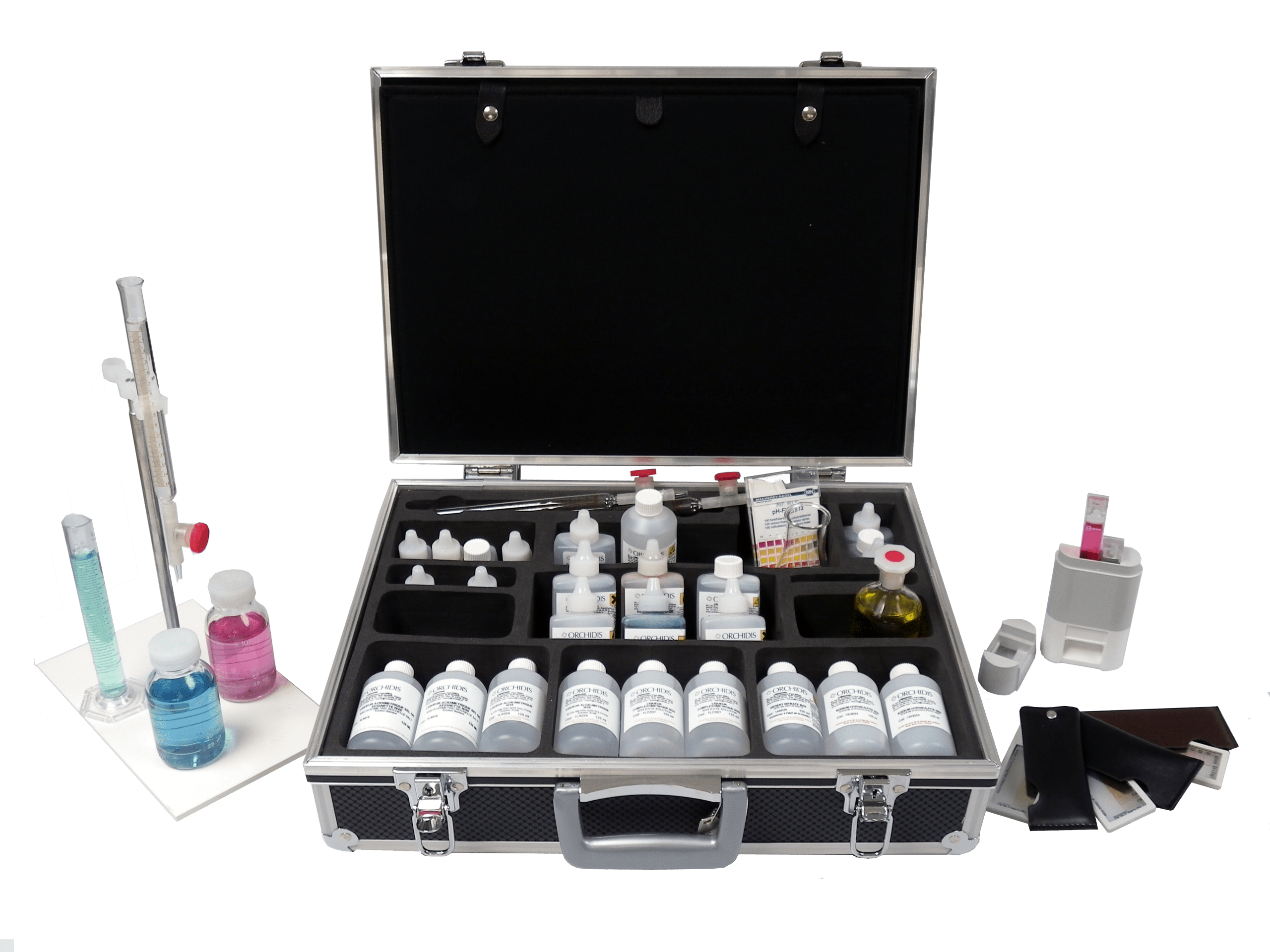
VB5 sensor
The VB5 digital probe helps you to manage your sludge process easily. Suitable for portable and online applications, this optical sensor gives you the insight you need in a snap.
Learn moreUnlock unparalleled precision in sludge blanket detection with the Aqualabo VB5 digital probe. Meticulously designed to monitor sludge blanket height and concentration, this state-of-the-art sensor ensures that your water treatment processes are optimized for maximum efficiency. With a direct measurement of the 870 nm infrared light transmittance through the optical path of 5 mm, the VB5 sensor helps you to have a quick insight of your process with a simple and efficient solution for both online and portable applications.
Our Sludge blanket sensors can be integrated on any system offering an RS485 or SDI12 input and on our transmitters, portable equipment or datalogger.

The VB5 digital probe helps you to manage your sludge process easily. Suitable for portable and online applications, this optical sensor gives you the insight you need in a snap.

The VB5 digital probe helps you to manage your sludge process easily. Suitable for portable and online applications, this optical sensor gives you the insight you need in a snap.
Learn moreSludge blanket detection in water treatment plants is a critical process to monitor and control the settling of solids in sedimentation tanks or clarifiers. The sludge blanket refers to the layer of settled solids that accumulates at the bottom of these tanks. Inadequate monitoring poses risks of solid carryover, compromising water quality, increasing turbidity, and potentially impacting downstream equipment like filters. Timely sludge detection mitigates equipment wear, operational issues, and allows for corrective actions. Regular removal or recirculation is crucial for plant efficiency, preventing overflows and ensuring proper functionality. Automated sludge level detection enhances real-time monitoring and control, optimizing overall operational efficiency. In summary, sludge blanket detection is vital for maintaining the effectiveness and reliability of water treatment plants. It helps optimize treatment processes, prevent operational issues, and ensure the production of high-quality treated water.
The VB5 sensor can be used in both handheld and on-line applications. For spot measurements, it allows operators to check their sludge levels and concentrations at various points in the treatment process. It’s also very useful for monitoring and controlling septic tanks. For online applications, it’s a simple and efficient sludge level detector by monitoring the interface between sludge and water, allowing action to be taken when needed. It can also monitor concentrations in sludge treatment, allowing correct dilution or polymer injection control prior to sludge dewatering steps.
Aqualabo’s VB5 uses optical transmittance measurement in the infrared spectrum, operating at 870 nm, it measures the signal over a 5mm optical path. With temperature-regulated optics, the probe guarantees accuracy even with process variations. The measurement is given in % of light transmittance through the sludge ranging from 0 to 100%.
The VB5 sensor is ideal for harsh environments such as wastewater treatment. The rugged construction ensures durability and stability of measurement over time. The efficiency of the measurement and its simplicity gives you an excellent and competitive tool to improve your sludge management. Finally, the pre-amplified signal and Modbus communication ensure seamless integration into your process with the guarantee of no interference in the signal and readings.

The VB5 probe offers a wide measurement range from 0-100% of light transmittance for precise Sludge Blanket level and interface detection.
As an optical sensor, the VB5 requires no consumables. The only care required is to keep the optical lenses clean to avoid any drift in the measurement.
The VB5's optical technology, equipped with temperature-controlled optics, pre-amplified signal and digital communication, contributes to high accuracy even under fluctuating environmental conditions.
Yes, you can calibrate the VB5 sensor in 1 point by immersing the sensor in distilled water to simulate 100% IR light transmission. This operation also makes it possible to check the cleanliness of the optical windows.
AQUALABO is a French manufacturer of instrumentation and chemical reagents for the control and analysis of water quality.
Contact us
© Aqualabo 2023 - All rights reserved